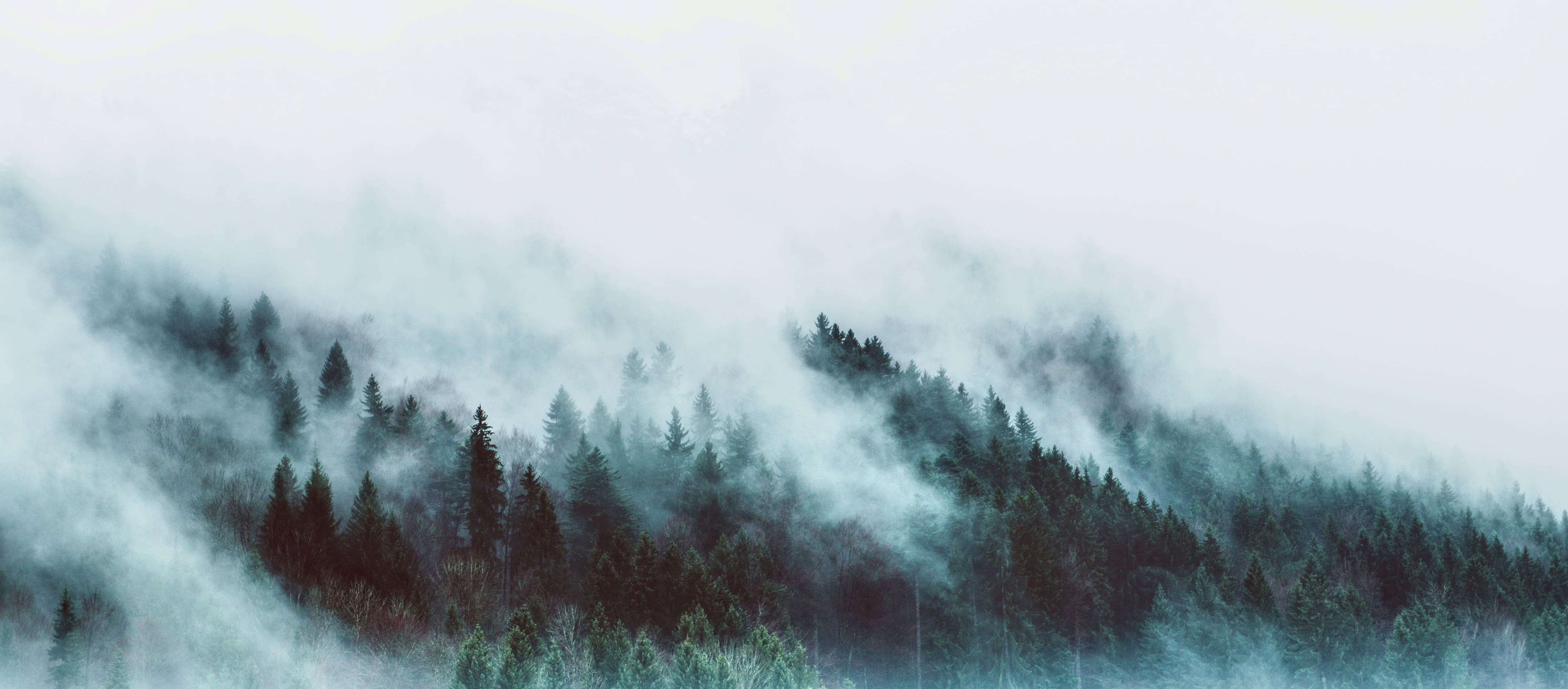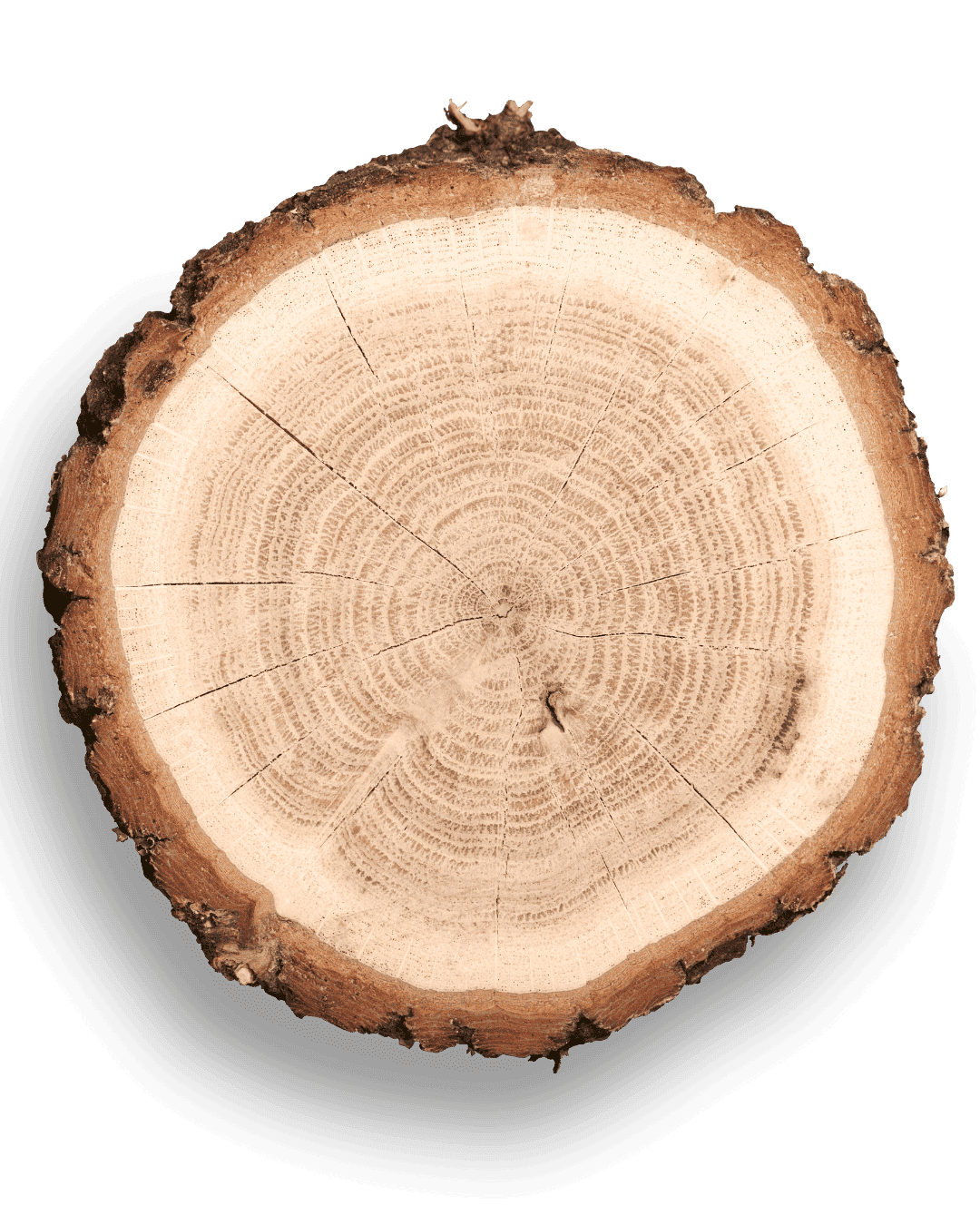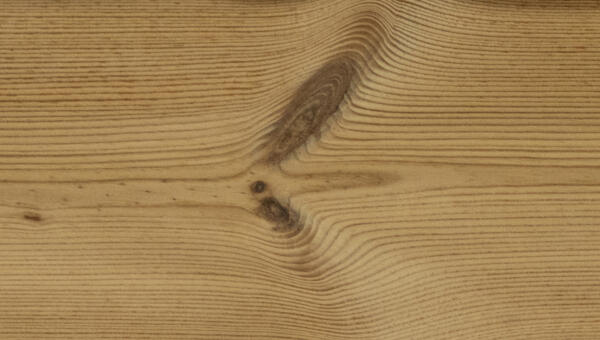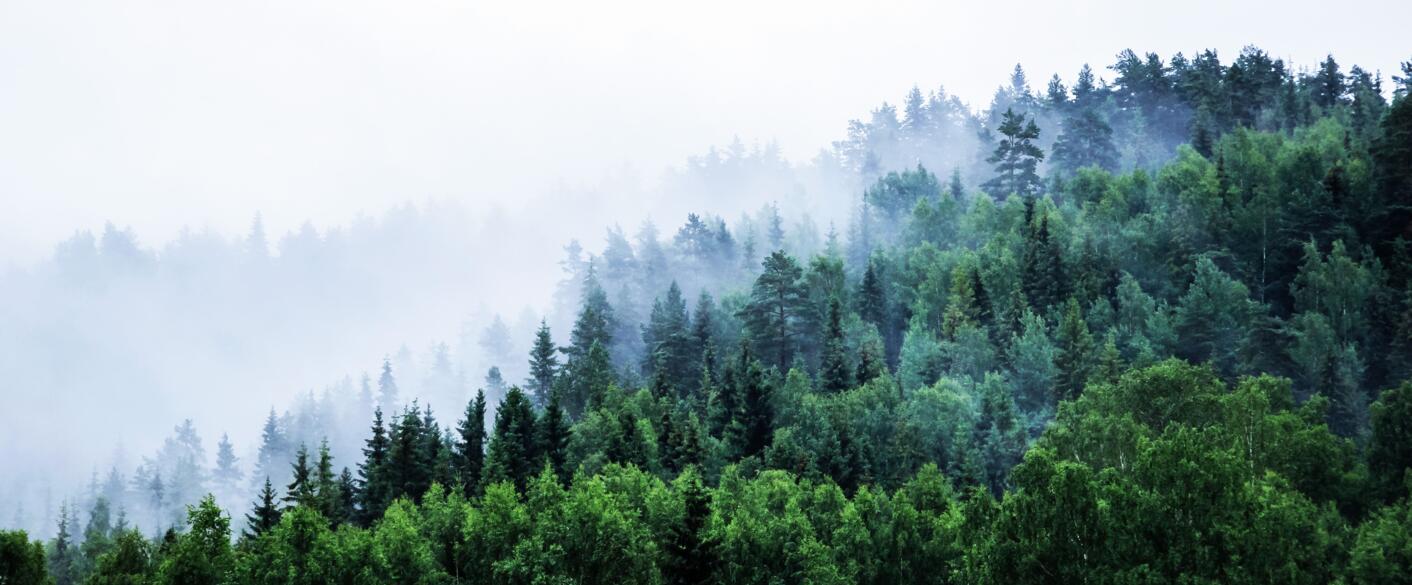Choosing the right wood for your home's cladding is essential, both for the aesthetics and durability of your facade. Nordic Pine is the preferred choice for those looking for a material that is resistant, natural, and elegant. Thanks to its unique characteristics, this Scandinavian wood offers an ideal compromise between strength, stability, and beauty, adapting perfectly to both modern and traditional constructions. Discover why Nordic Pine is the preferred choice for enhancing your wood cladding projects.
Technical characteristics of heat-treated nordic pine
| Origin | Scandinavia |
| Certification | PEFC |
| Available finishes | Saturator finishes - brushed rough without finish & rough sawn without finish |
| Class of use | Class 3.1 with Sivalbp preservation certified CTB B+ |
| Density | 520 kg/m³ at 12% humidity |
| Quality offered by Sivalbp | A/B Choice |

Why choose Nordic Pine for your wood cladding ?

Nordic Pine (Scots Pine): a Scandinavian wood with unique qualities
Nordic Pine, or Scots Pine, from its botanical name Pinus Sylvestris, is a wood species native to Scandinavia, growing above 57° latitude North. Nordic Pine or Pinus Sylvestris is a distinctive pinkish to reddish-brown wood, with growth rings forming a contrasting grain. Native to cold regions, it has narrow, regular rings. Sapwood is cream-colored, with broad, less marked veining. The grain is straight and moderately fine, and the knots are brown, large and often crown-shaped.
Nordic Pine: a stable and durable wood for outdoor use
Derived from Scots pine, Nordic Pine Thermo combines natural aesthetics and performance thanks to an environmentally friendly steam thermostabilisation process. This heat treatment improves its stability and weather resistance and extends its service life. It limits warping and cracking and neutralises resin pockets, ensuring a neat and durable finish for your exterior facades.
Nordic Pine Thermo: a natural look
Thermostabilization of Nordic Pine preserves its distinctive appearance, making this wood a preferred choice for projects requiring character and elegance. Thanks to this innovative treatment, Nordic Pine retains its natural warm colors and unique grain, adding a touch of authenticity to your interior and exterior spaces.
Nordic Pine Thermo: an ecological choice
Thermostabilized Nordic Pine is a sustainable material that combines aesthetics with respect for the environment. Thanks to our chemical-free thermostabilization process, this wood offers excellent weather resistance and contributes to more sustainable building practices, with a reduced ecological footprint.
Our thermo-heated pine cladding












FAQ : Everything you need to know about thermo-heated pine
What is thermally modified pine cladding?
Thermally modified pine cladding (or “thermo pine”) is pine wood heated to a high temperature (356–420°F) without chemicals. This treatment improves dimensional stability, reduces the risk of cracking, and increases the durability of the wood, while giving it a uniform, warm color.
Why choose thermostabilized pine or thermo pine cladding?
- Durability: resistant to moisture, insects, and mold.
- Stability: limits warping, shrinkage, and swelling.
- Natural appearance: uniform color and warm grain.
- Environmentally friendly: natural wood, chemical-free, and sourced from sustainably managed forests.
What is the difference between thermostabilized pine cladding and autoclave cladding?
- Heat-stabilized: heat treatment without chemicals, improves stability and durability.
- Autoclave: pressure treatment with chemicals, highly resistant to moisture but less environmentally friendly.

Our projects in Thermo-heated Nordic Pine cladding

Thermo pine wood cladding / Linéa / Cuivré 110 - Credits : Single-family home - Builder : H2O Bois

Thermo pine wood cladding / Soléa 2 / Cuivré 110 - Credits: Community Center - Owner: La Teste de Buch - Builder: Charpente Labarthe & Fils

Thermo Nordic Pine wood cladding / Linéa / Irisé 108 - Credits: Detached house (UK) - Builder: JDW Building

Thermo Nordic Pine wood cladding / Linéa / Café 111 - Credits: Lumipod - Builder: Lumicene - Photographer: Kevin Dolmaire








